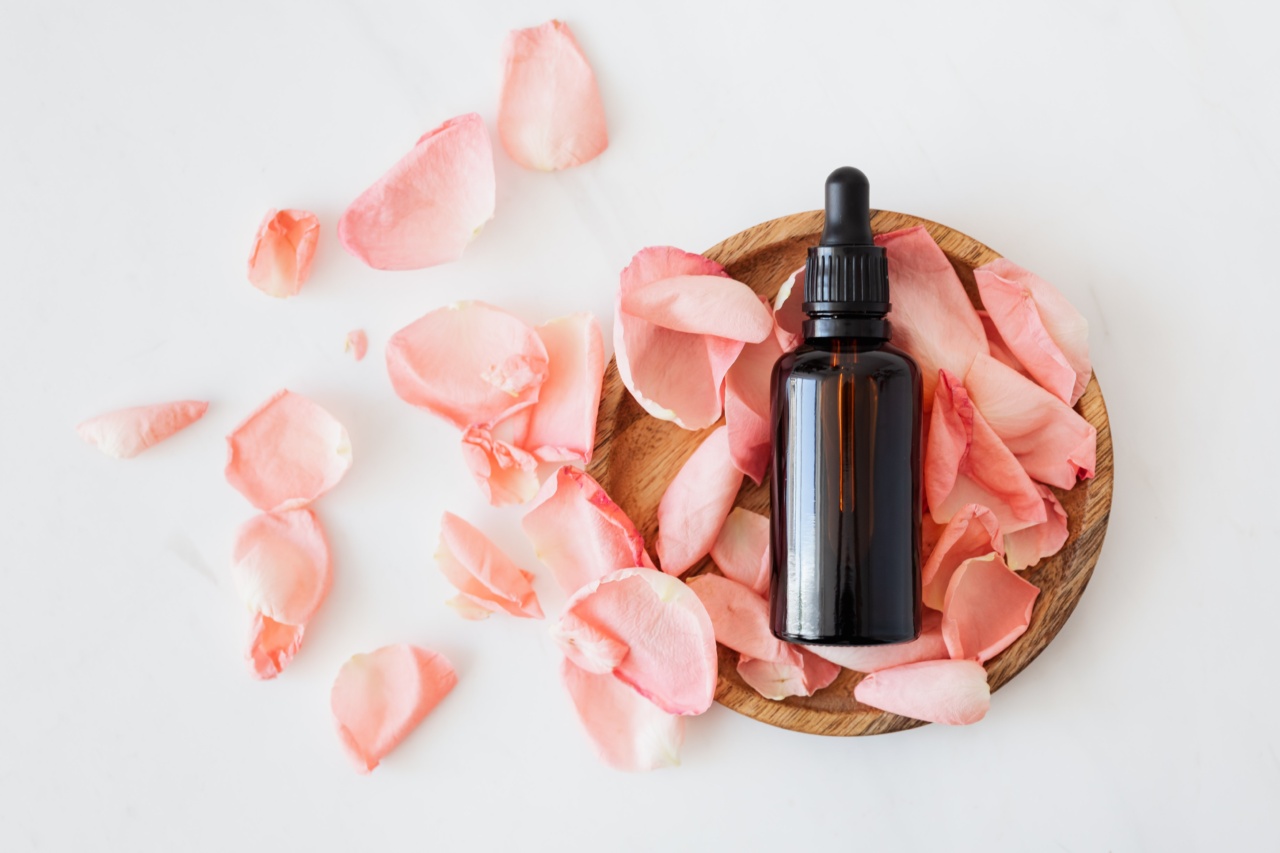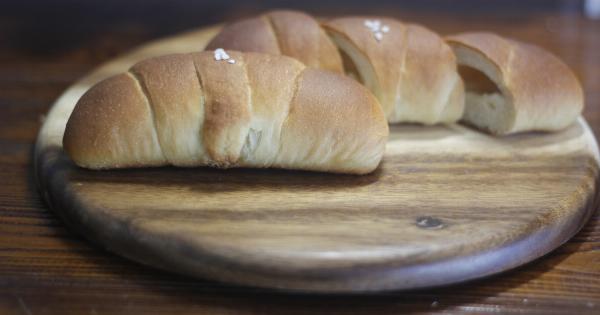Hemorrhoids, also known as piles, are swollen blood vessels in the lower rectum or anus that can be extremely uncomfortable and painful. They can cause itching, burning, and even bleeding.
While there are various treatments available for hemorrhoids, using a bidet can provide relief and improve symptoms. In this article, we will explore how to treat hemorrhoids using a bidet and why it can be an effective solution for managing this condition.
Understanding Hemorrhoids
Before delving into how bidets can help with hemorrhoid treatment, it is important to understand the condition itself. Hemorrhoids can be internal or external, and they develop when the veins in the anal and rectal area become swollen and inflamed.
Common causes of hemorrhoids include straining during bowel movements, chronic constipation, pregnancy, obesity, and prolonged sitting or standing.
Symptoms of Hemorrhoids
The symptoms of hemorrhoids can vary depending on the severity of the condition. Common signs and symptoms include:.
- Itching or irritation in the anal area
- Pain or discomfort during bowel movements
- Bleeding during bowel movements
- A lump or swelling near the anus
- Leakage of feces
Benefits of Using a Bidet for Hemorrhoid Treatment
Using a bidet can offer several advantages when it comes to managing hemorrhoids:.
- Cleansing and Hygiene: Bidets are designed to provide a gentle and thorough cleansing of the anal area, which can help alleviate discomfort and reduce inflammation. The use of water can also promote better hygiene and prevent infection.
- Reduced Irritation: The gentle stream of water from a bidet can help minimize irritation and itching associated with hemorrhoids. This can provide quick relief and prevent further aggravation of the condition.
- Promotes Proper Hydration: One of the key factors in preventing and managing hemorrhoids is ensuring proper hydration. Using a bidet can encourage individuals to drink more water, reducing the risk of constipation and easing bowel movements.
- Avoids Aggravation: Traditional methods of cleaning the anal area, such as using toilet paper, can be abrasive and exacerbate hemorrhoids. Bidets eliminate the need for excessive wiping, reducing the risk of further irritation or injury to the affected area.
- Aids in Blood Flow: The gentle flow of water from a bidet can stimulate blood circulation in the anal area, promoting faster healing and reducing inflammation. This can lead to a faster recovery from hemorrhoids.
How to Use a Bidet for Hemorrhoid Treatment
Here is a step-by-step guide on effectively using a bidet for hemorrhoid relief:.
Step 1: Position Yourself Safely
Ensure your bidet is properly installed and within easy reach. Position yourself comfortably on the bidet seat, facing the controls and adjust the temperature and water pressure settings according to your preference.
Step 2: Cleanse the Area
Start the bidet and allow the water to flow. Use your fingers to gently open the anal area, allowing the water to cleanse the affected areas thoroughly. Avoid using soap or any harsh cleansers, as they can further irritate hemorrhoids.
Step 3: Pat Dry
Once you have finished cleansing, gently pat the anal area dry with a soft towel or use a dryer on a low setting. Avoid rubbing or scrubbing, as this can cause further irritation.
Step 4: Apply Topical Treatments
After drying the area, you can apply any prescribed or over-the-counter topical creams or ointments specifically designed for hemorrhoid relief. Follow the instructions provided and ensure the products are applied gently.
Step 5: Maintain Good Hygiene
Keep your bidet clean and hygienic by regularly disinfecting it. Always flush out any residual water from the bidet after each use to prevent bacterial growth. Practice good hygiene habits, such as washing your hands thoroughly after using the bidet.
Additional Tips for Hemorrhoid Relief
In addition to using a bidet, here are a few handy tips to help alleviate hemorrhoid symptoms:.
- Stay hydrated by drinking plenty of water throughout the day to soften the stool and ease bowel movements.
- Increase your dietary fiber intake through fruits, vegetables, whole grains, and legumes. Fiber adds bulk to the stool and prevents constipation.
- Avoid prolonged sitting or standing, as it can increase pressure on the veins in the rectal area.
- Engage in regular physical activity to promote healthy bowel movements and improve blood circulation.
- Avoid straining during bowel movements. If necessary, try using a small stool or footrest to elevate your feet and achieve a more natural squatting position.
When to Seek Medical Advice
While using a bidet can provide relief for hemorrhoids, it is essential to consult a healthcare professional if symptoms persist or worsen. Seek medical advice if:.
- Bleeding from the rectum continues or increases
- Extreme pain or discomfort is experienced
- External hemorrhoids become thrombosed (blood clot forms)
- Excessive rectal bleeding occurs
- New or unusual symptoms develop
Conclusion
Treating hemorrhoids with a bidet can be an effective and gentle way to soothe discomfort and support healing. By incorporating bidet use into your daily hygiene routine, you can improve symptoms, reduce inflammation, and prevent complications.
However, it is important to remember that bidets are not a substitute for professional medical advice. If you have persistent or severe hemorrhoid symptoms, consult with a healthcare professional for proper evaluation and guidance on the appropriate course of treatment.





























